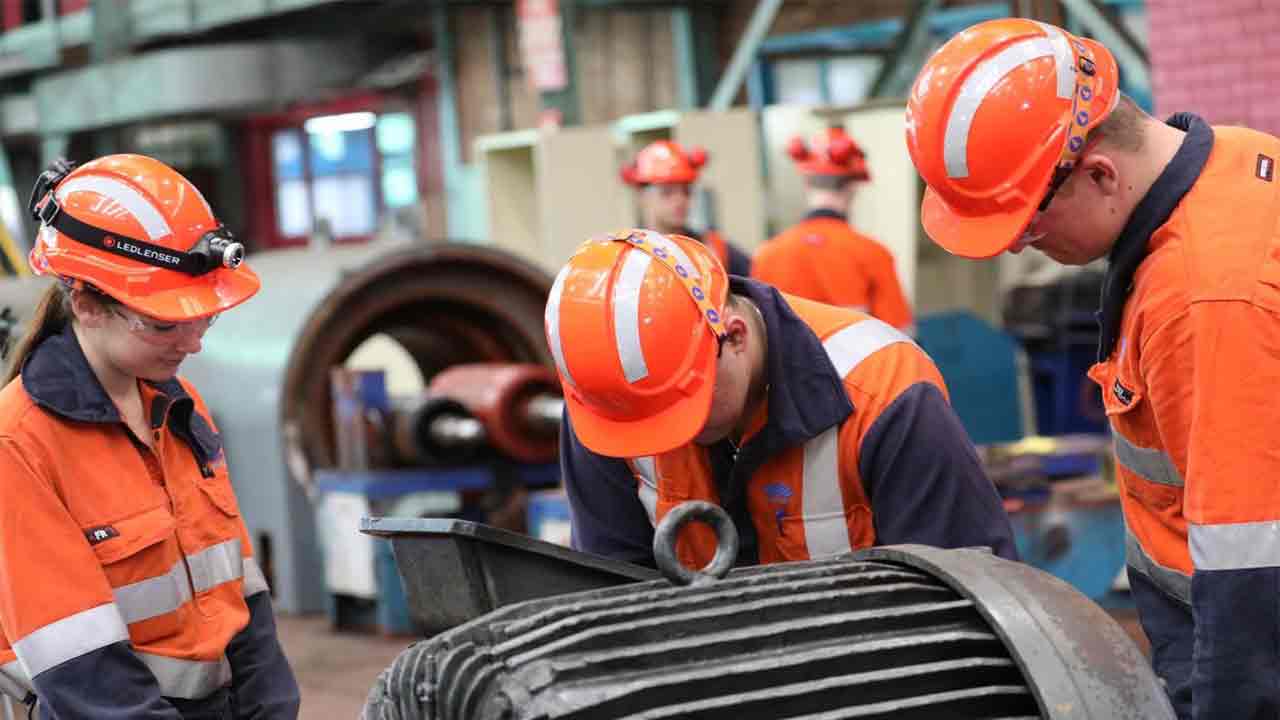By Wasana Nadeeshani Sellahewa
(Commonwealth) _ After a significant acquisition in 2008, my firm, AkzoNobel, decided to unify its safety strategy since it was at a disadvantage compared to many of its rivals. The company AkzoNobel, which makes paints, coatings, and speciality chemicals, is big and has roughly 50,000 workers. It surely aren’t the only chemical company with distant production resources. However, the 200+ plants we possessed were oddly dispersed: many of them had been acquired, sometimes one or two at a time. It’s quite normal to wind yourself in the predicament we were in when you add assets in this way; for instance, a Brazilian facility that produced emulsion paint may have one set of safety regulations, a Chinese factory that produced epoxies might have a second, etc.
Asking several hundred line managers who have become accustomed to doing things their own way to follow a standardized set of procedures is difficult. When we announced in 2008 that we would be switching to a uniform safety strategy and that this transition would require yearly safety self-assessments, thorough audits, and the posting of each facility’s safety “rating,” the reaction from the plant managers was predictable: They weren’t happy. There were undoubtedly a few things we might have done differently in hindsight to sell the concept. In essence, our strategy consisted of advising people to begin swimming while plunging them into the deep end. However, organizing the business around a more consistent strategy was crucial.
Over the past 20 years, safety or, to use the more official nomenclature, health, safety, and environment (HSE) has risen to the top of the business agenda. Numerous industrial businesses that formerly ran the risk of worker accidents or environmental deterioration have now established public targets of zero injuries and no environmental deterioration. They have these aspirations as well (and to a third goal, no waste). However, we believe that we are unique since they are going about achieving these goals in a methodical manner. Because of how fragmented we were when the process started, the issue seemed particularly difficult. Paradoxically yet, we believe that such a challenging beginning will ultimately help us advance to a position of industry-leading safety and improve our financial success.
The HSE improvement efforts center around self-assessment forms, which have 400 questions and take more than three days to complete on average. The criteria include site environmental effect, security of people and assets, and leadership engagement in risk management. For instance, there are 19 sentences in the section on emergency response and crisis management, including “Emergencies and crises are handled as each occurrence needs” and “Emergency procedures are periodically practiced with local authorities via joint exercises.” The affirmative, no, or not relevant responses are incorporated into a plant’s overall safety maturity score, which ranges from 0 to 10. The solutions assist in locating any safety flaws at the facility and provide guidance for a plan of repair.
The plant managers’ attitudes about HSE have changed the most during the course of our HSE drive, in fact. They now adore and accept it. Why would they not? Plant managers are concerned with their staff, their reputation, and the efficiency of their manufacturing equipment. Your assets won’t be efficient if you operate a dangerous factory. You’ll have a motivation issue if your employees are being wounded or injured. Additionally, if you have product leaks into the environment, your reputation will suffer. Your career will suffer, and all of those things will keep you up at night. The majority of plant managers are engineers, it’s also important to note.
It is adopting a new strategy by making safety a duty of our line managers and ingraining it in our culture. It can be seen how other businesses approach safety, and It has been found that few do it in the same way that we do that is, by integrating safety into daily operations and giving line managers accountability for it. One thousand to two thousand of our roughly 50,000 employees plant managers receive official training in safety best practices.







